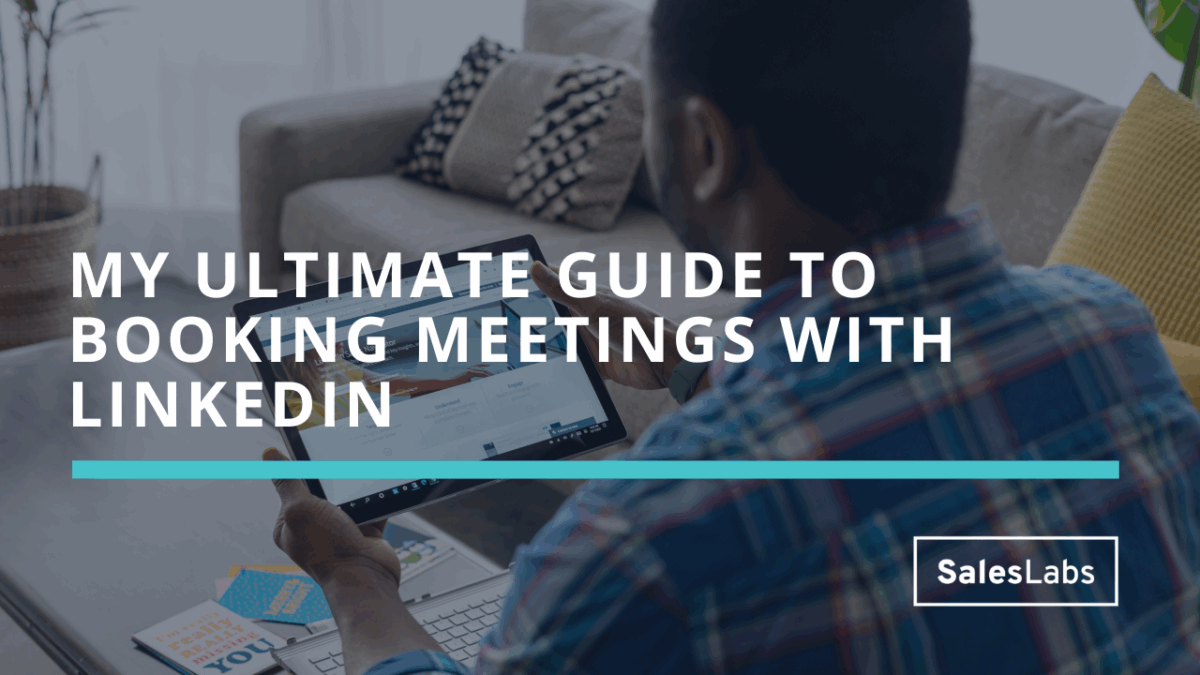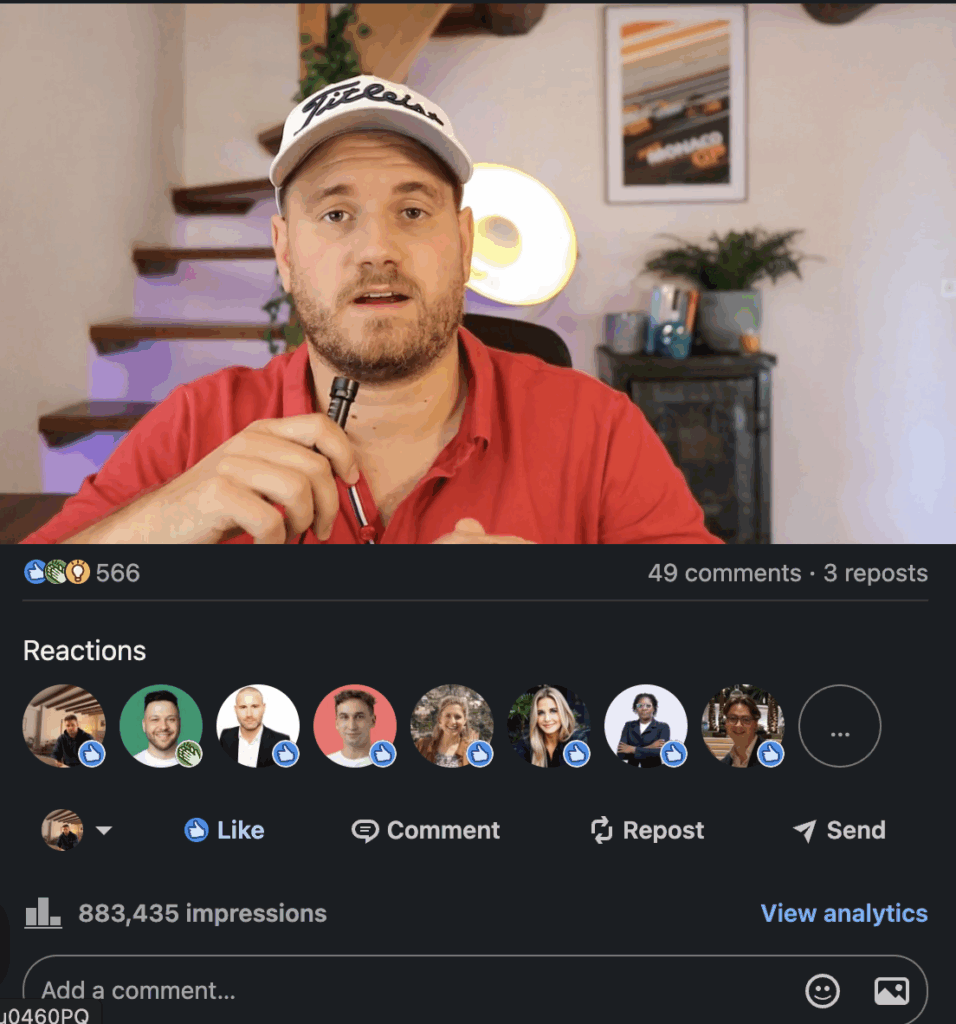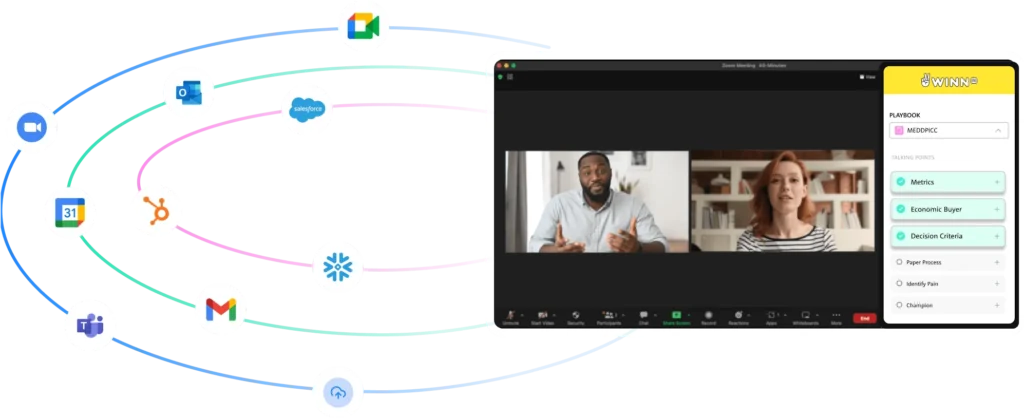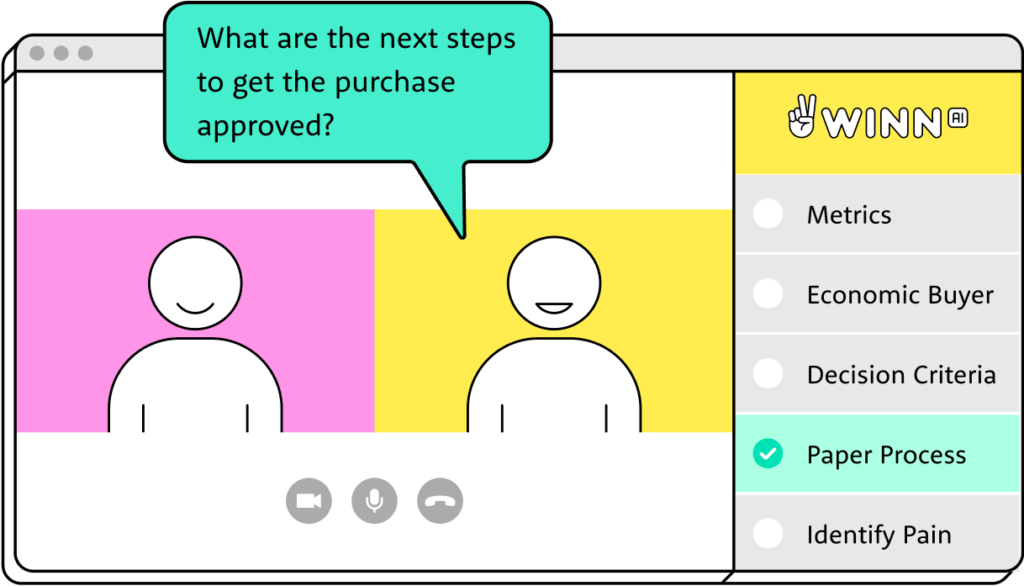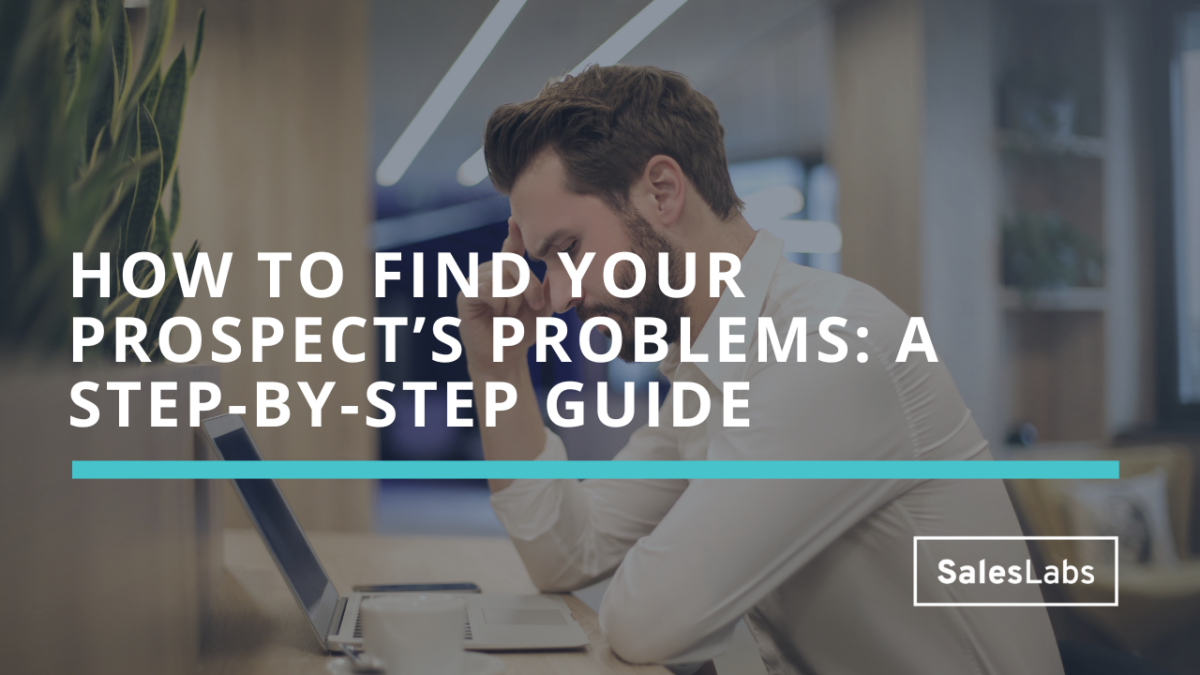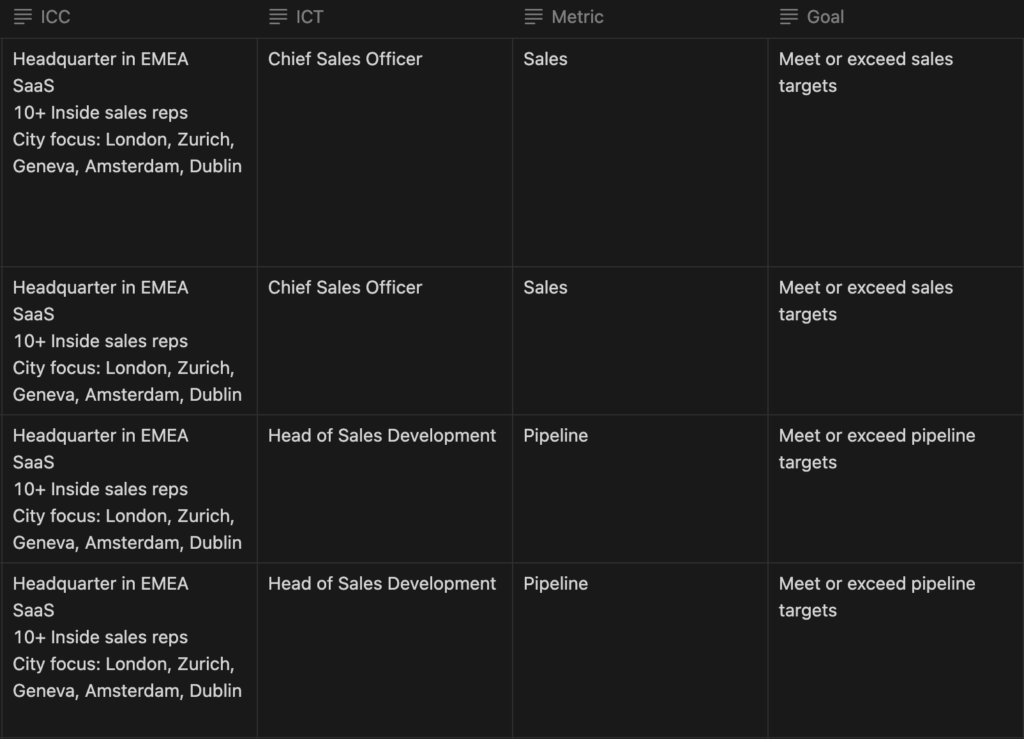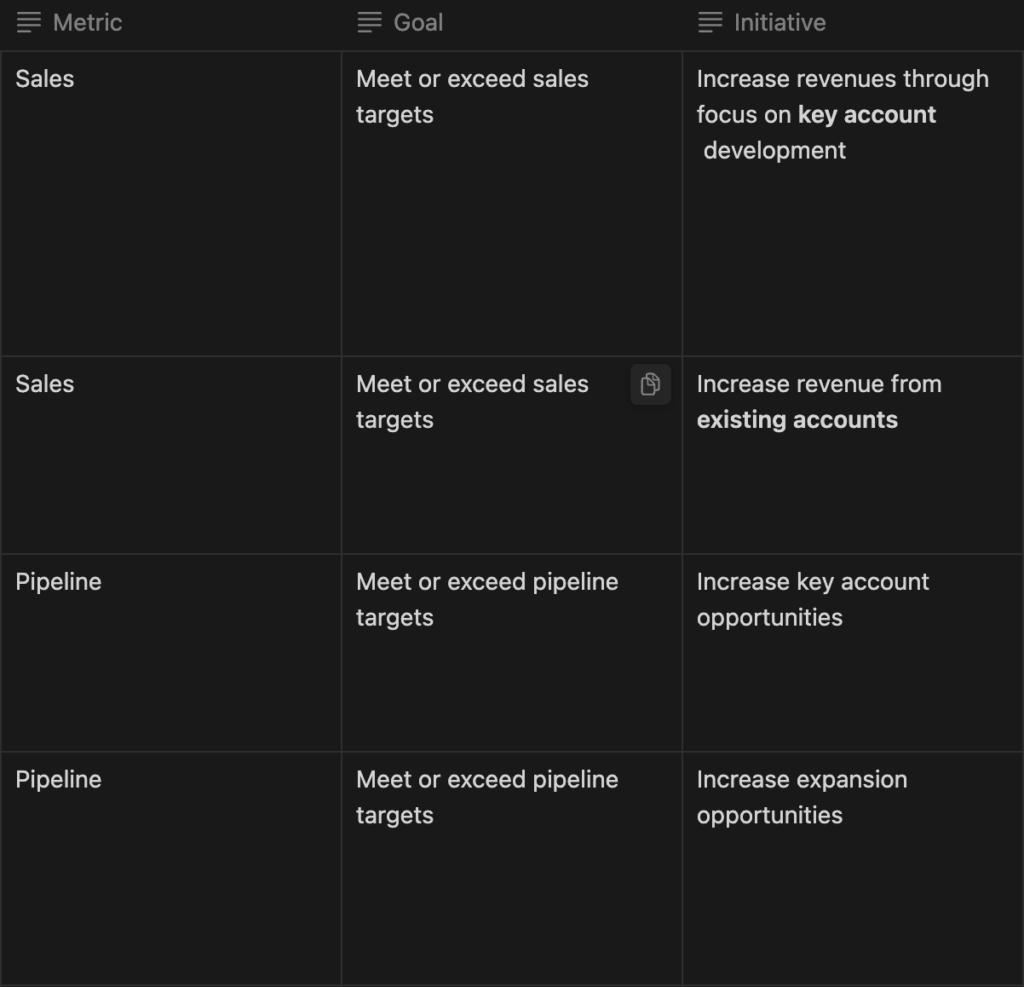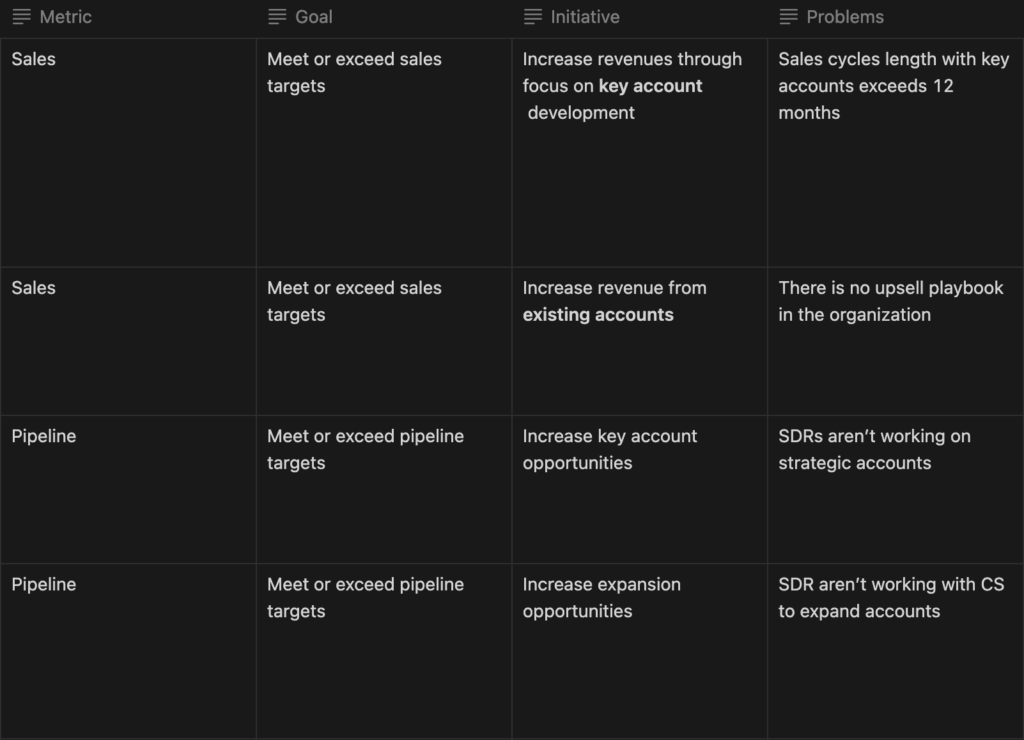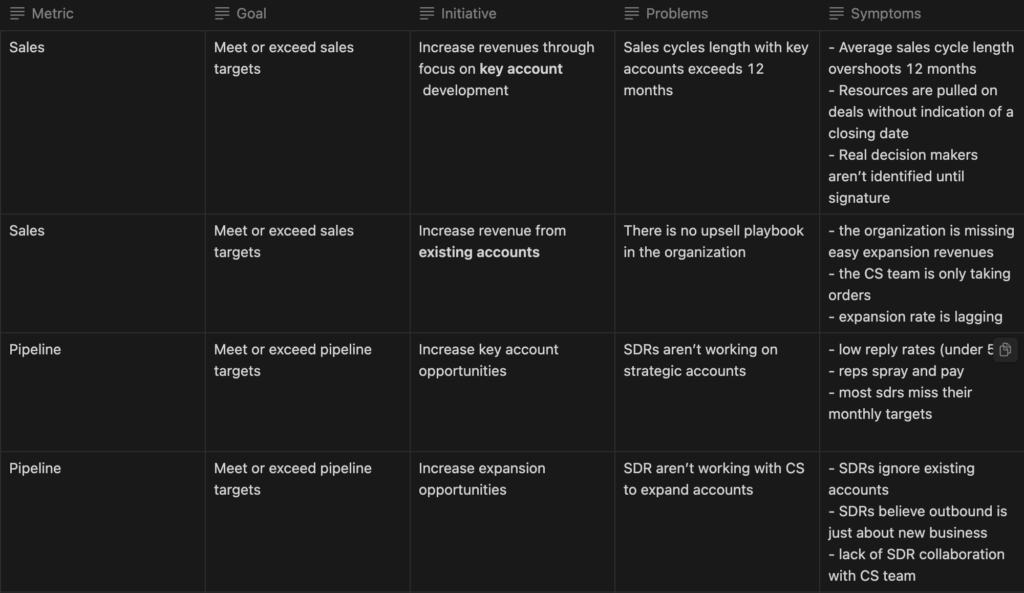How AI is changing sales forever
In today’s issue, I’ll share how AI has changed sales forever. Since ChatGPT became mainstream, salespeople are using AI daily (and if they are not, they are trying to). This means a lot of untrained people are using a tool they don’t understand, which creates negative results for everyone.
So today, I’m going to share a few aspect of sales AI has changed forever, some other that haven’t changed, and common mistakes to avoid. These points are the results of our conversation with Dominic Klingberg during my summer Sales Creator Content Party in Berlin.
Let’s dive in:
What has changed with AI
AI has had a massive impact on buyers. Back in the days, they could only access information through salespeople. With internet, they got more and more disconnected from salespeople, finding relevant information by themselves.
AI has accelerated that trend. You now have AI summaries on Google searches, making it even easier to access all the information you need to make a buying decision. This makes sellers who only pitch features completely irrelevant. They are slower, less informed, and more annoying than any AI could be.
Another key aspect that has changed with AI is the quality of cold outbound messages. It’s now impossible to spend a single day without being flooded by AI-written emails, DMs, and comments on LinkedIn. This reduces the attention of buyers even further, making it important to use multiple channels (cold call, email, LinkedIn, etc.) to get some attention.
What hasn’t changed with AI
Luckily, a few things didn’t change with AI. Specifically, being able to build authentic relationships with prospects, either in virtual sales calls or in person is more important than ever.
In a world where prospects are constantly asking themselves if they are speaking with a human or getting tricked by an AI, standing out and showing your human traits makes all the difference. That’s why LinkedIn DMs are so important when prospecting. I use them to start conversations with messages like “what’s up?” because it stands out in a sea of corporate jargon.
Another aspect that remained the same is the ability to connect specific problems with specific solutions for buyers. Some AI tools help you surface information that is relevant to your prospect, but they don’t replace reflection and critical thinking. It’s still very easy to see if an email has been written by an AI or a human.
Mistakes to avoid
Finally, I see 3 common mistakes that are easy to avoid when using AI. The first one is to believe that AI tools can be configured to run everything on autopilot on your behalf. For example, most AI agents are completely failing at making any significant impact on meetings booked.
Second mistake is to let an AI write emails and DMs for you. The act of writing your own copy is what makes you different in my opinion. It helps build your voice, and it makes you more knowledgable about what your prospects really need.
Finally, some people are completely opposed to using AI. This is a mistakes because it makes them too slow. For example, taking notes during a call when an AI notetaker can do it for you is a mistake I see all the time.
And this is how AI is changing sales forever. Most aspects of sales are impacted, but the basics remain the same. If you can show how human and unique you are, while using AI to free up some time, you’ll win big time.
Hope this helps.
Cheers,
Thibaut
And whenever you are ready, there 3 ways I can help you:
→ Enroll in The Prospecting Engine
→ Want to work with me? Let’s talk about it
→ Sponsor my content and get in front of 46.000+ salespeople
Subscribe to the Newsletter
Get my free, 4 min weekly newsletter. Used by 5.400+ salespeople to book more meetings and work when, where, and how they want.
Subscribe to the Newsletter
Get my free, 4 min weekly newsletter. Used by 5.400+ salespeople to book more meetings and work when, where, and how they want.


